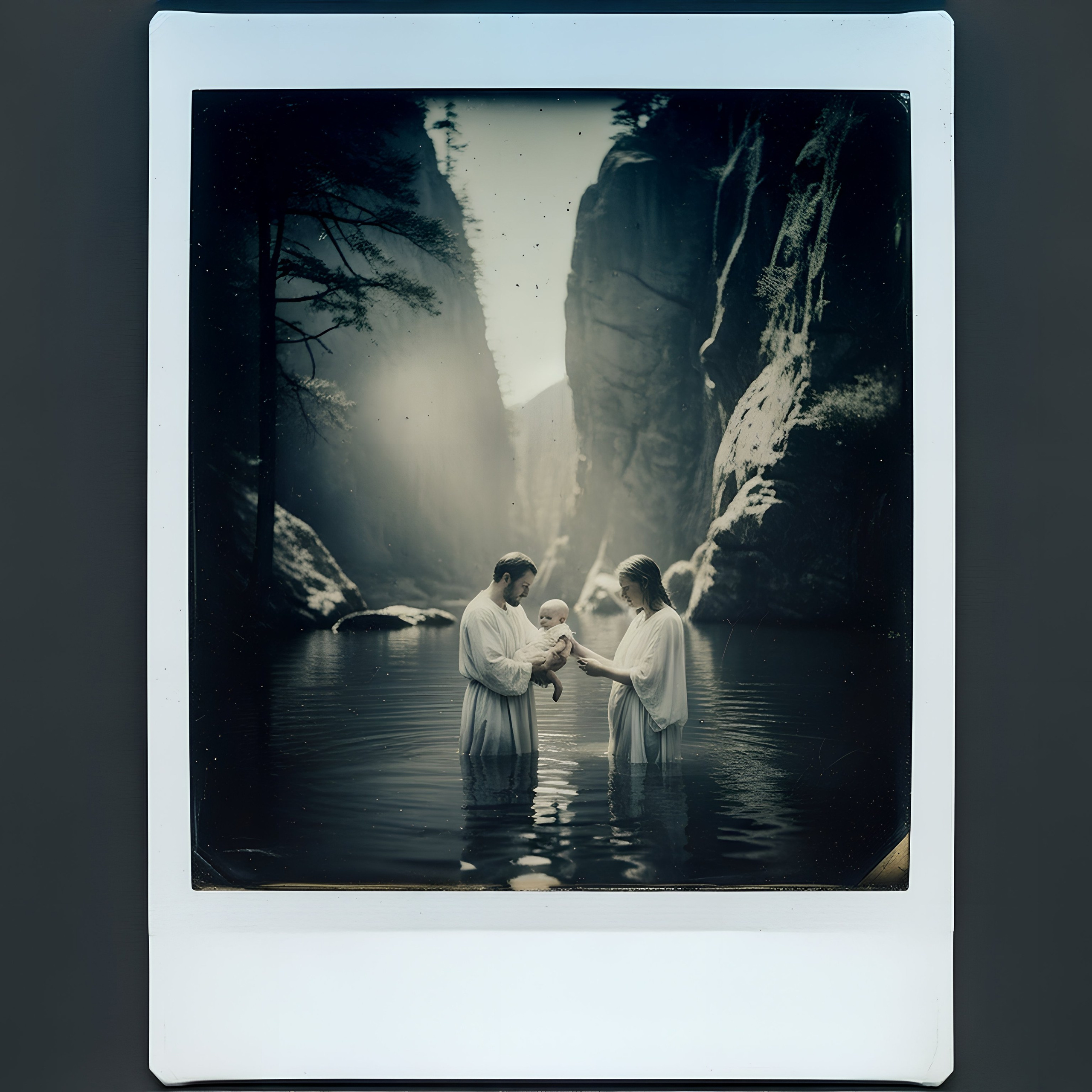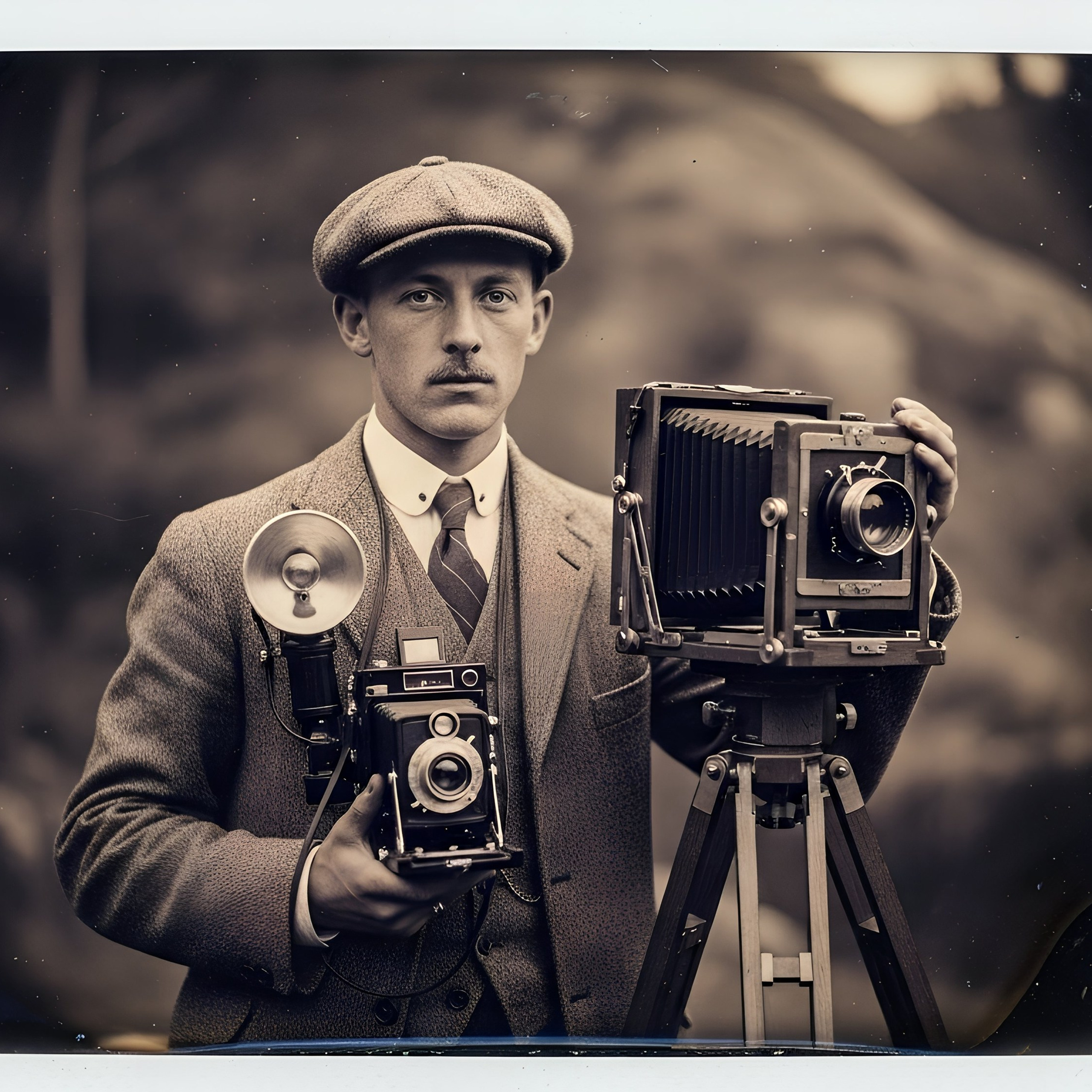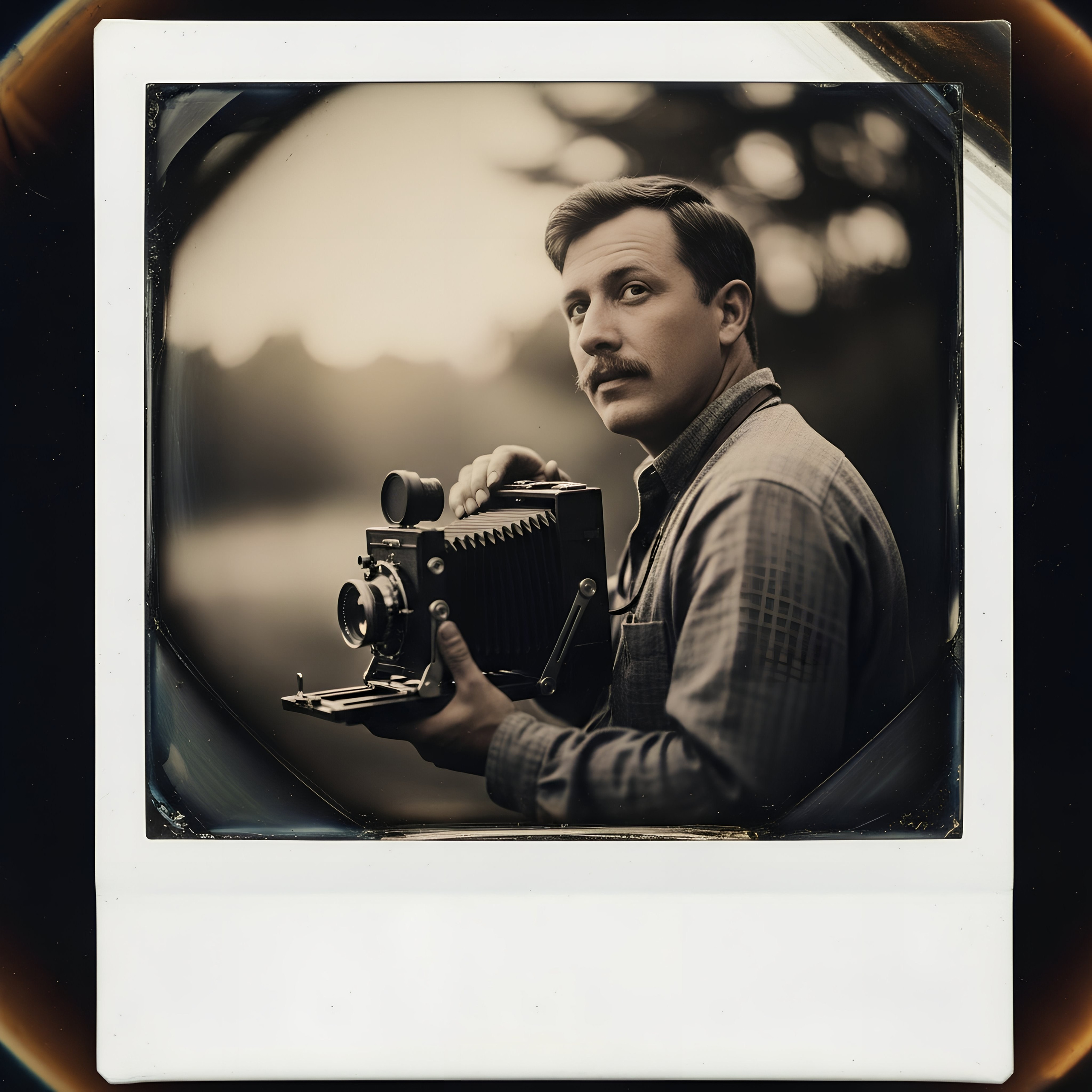💍 1. More Coverage of Key Moments
Weddings are fast-paced and full of simultaneous events. A second cinematographer allows for:
- Capturing both partners getting ready (especially if they’re in different locations).
- Multiple angles during the ceremony (e.g., one on the couple, another on the guests).
- Simultaneous coverage of cocktail hour and portraits.
🎥 2. Better Cinematic Quality
With two cameras running:
- You get dynamic shots (wide angle + close-ups) that make the video feel like a film, not just a recording.
- You can capture emotions and reactions from both sides during vows, first looks, and speeches.
⏳ 3. Efficiency in Timeline
If your schedule is tight or split between locations:
- The team can divide and conquer: One captures the reception setup while the other films couple portraits or guest arrivals.
👀 4. Redundancy and Backup
Weddings are one-shot events.
- Having two shooters reduces the risk of missing moments due to technical failure or human error.
- Offers backup footage in case something goes wrong with one camera.
🧠 5. Creative Freedom
One cinematographer can focus on the main action, while the second gets:
- Artistic B-roll (details, landscapes, décor).
- Intimate guest moments that might otherwise be missed.
Blog

The Baptism of a Child
The Baptism of a Child — Meaning, Significance, and Capturing the Moment

Sony mirrorless cameras
Why i choose Sony mirrorless cameras for shooting all my photo and video productions

Using two cameras on a wedding
Why photographers often use two cameras on a wedding day?

Experienced Wedding Photographer
Why You Should Book an Experienced Wedding Photographer

